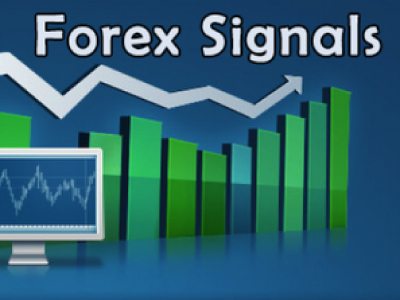With two of the largest economies in the world, China and the U.S. have an indispensable, if unsettled, relationship. This rapport was further strained in March 2018 when US president Donald Trump initiated a number of tariffs on goods imported from China in an effort to rebalance perceived trade imbalances. This sparked a trade conflict that has since threatened to evolve into a full-blown currency war.
While things may have calmed down as of April 2019, the possibility of new tariffs still looms as both sides continue to negotiate. The impact of this standoff is being felt globally and the forex market is no exception.
Ramifications of Retaliation by China
Tariffs often trigger doubts for investors in both the county targeted and the country imposing the restriction. That’s because tariffs can have a significant effect on the economic stability of the one being sanctioned while opening the sanctioning country up to retaliatory actions.
Tariffs on goods imported from China, most notably steel and aluminum, applied by the US in early 2018 totaled $60 billion.
China responded by placing duties on products such as fruit, nuts, pork and wine originating in the US, equal to about $3 billion. It also devalued its currency in July 2018, dropping the value of the yuan by 9 percent in relation the US dollar. This helped to offset the cost China would incur due to the tariffs by making their own exports cheaper. Ultimately neither side won, as investors lost confidence in both parties, causing the dollar to fall more than one percent.







0 Comments